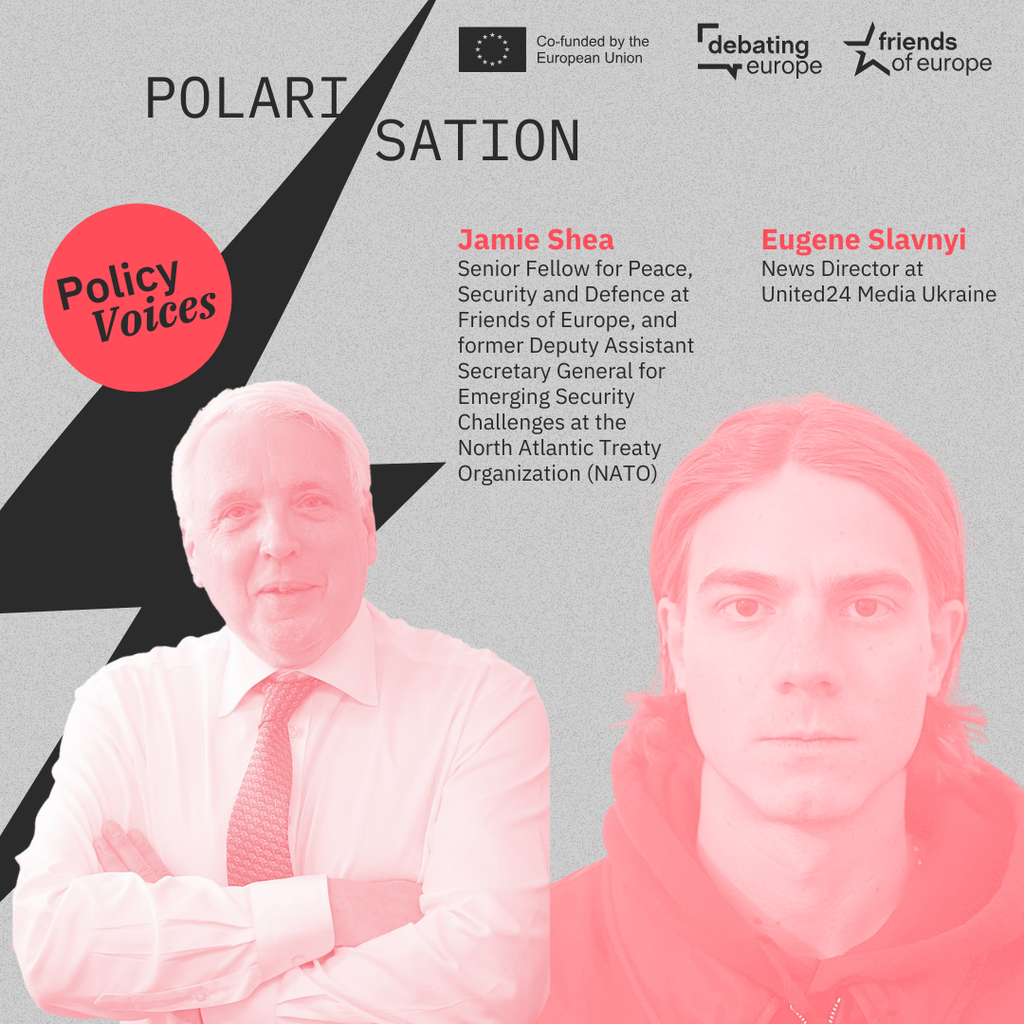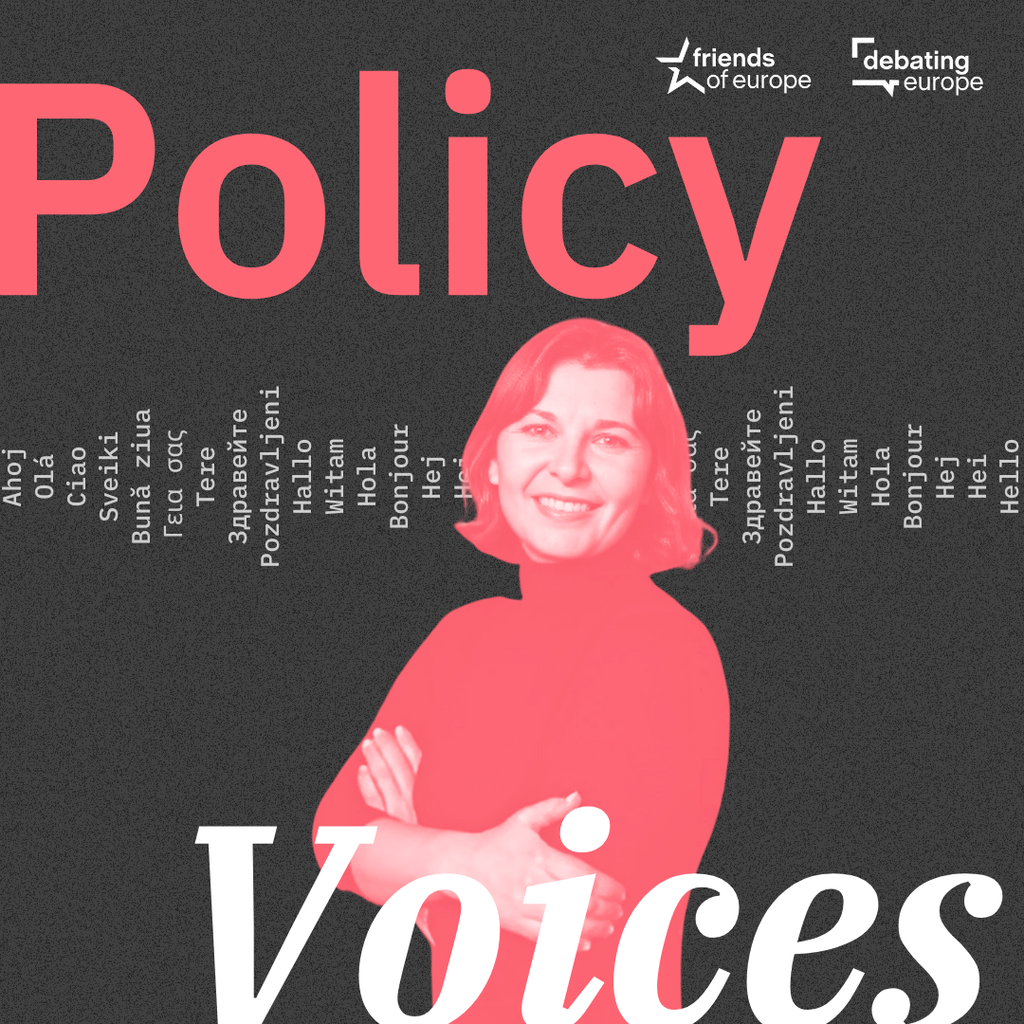From ambition to action: building Europe’s Defence Union
Past event In person

- Area of Expertise
- Peace, Security & Defence

Director of the Institute for Military Operations at Forsvarsakademiet
NATO’s Wales summit last September suddenly acquired a sense of urgency, with Mr. Putin annexing Crimea and supporting the separatists in eastern Ukraine. The key outcome of the summit was a Readiness Action Plan “to ensure the Alliance is ready to respond swiftly and firmly to new security challenges”. But how ready are member nations to back the plan with the forces required?
While the plan entails a plethora of initiatives – primarily meant as internal strategic communication to assure the allies closest to Russia – its centrepiece is a new multinational rapid reaction force: the Very High Readiness Joint Task Force (VJTF). According to plans, the VJTF will be fully operational by early 2017, but NATO-rumour has it that it will be presented as an “operational capacity” already at the next summit in Warsaw in the spring of 2016.
Is the new rapid reaction force really new?
Notwithstanding all the excitement and all the talk of “adaptation”, “the biggest reinforcement of our collective defence” and “force enhancement”, the introduction of the VJTF does not represent a dramatic break with what NATO is already doing in military terms. Most Eastern Europeans will not be pleased to learn this, but from a purely military point of view, the VJTF is thus little more than old wine in new bottles.
As it is, the VJTF is destined to be part of what will replace NATO’s already existing multinational rapid reaction force – the Immediate Response Force (IRF). While the reorganisation will almost definitely place part of the Alliance’s spearhead forces on higher alert in order to be deployable within 5-7 days, the overall number of quickly deployable forces will stay practically the same: 13,000 troops.
There will admittedly be other changes made to the set-up of NATO’s quick reaction forces; most notably the introduction of more exercises and the creation of small NATO Force Integration Units stationed in the countries closest to Russia. Yet in terms of an armed presence, as one NATO senior official recently confided to this author: “changes will be undramatic on the military side of things”.
The difference: tying the force to Article 5
What is new is the alliance’s open articulation of its rapid reaction force as an instrument of collective defence and missions linked to NATO’s Article 5, as in an attack on one is an attack on all. For more than a decade it was more or less explicitly understood that the core purpose of NATO’s response forces was twofold:
The multinational force should serve as a vehicle of transformation gradually modernising the allies’ military units
While at the same time providing the alliance with an operational capacity for out-of-area operations. For several years, attempts by the Balts, Norwegians and Poles to make the force more relevant for the defence of allied territory made little headway as none of the major NATO-members perceived of Russia as a real threat.
Interestingly, Crimea and Ukraine have not significantly changed threat perceptions in major NATO-capitals. Although worried, few believe that Mr. Putin is even entertaining the thought of attacking a NATO-member state (if they did, NATO would almost certainly have deployed more forces to the Baltic States and Poland during 2014 than they actually did).
Yet, the events in Ukraine made it clear to policymakers that the allies on the periphery of NATO needed assurances and suddenly the political reframing of the rapid response force became the obvious answer. As the alliance’s geostrategic pendulum is swinging back towards “regional NATO”, so is the NATO response force.
At heart, the “new” response force is thus first and foremost a tripwire meant to strengthen the link between the defence of NATO’s most eastern members and the rest of the alliance.
The VJTF’s military utility and potency will be limited, but with the possibility of American, British and German flags on the coffins if Russia assaults any NATO-member state, the political value of the restructured force could be significant.
While NATO’s restructured response force is hardly new in any military sense, the willingness to emphasise the VJTF’s relevance for collective defence constitutes a significant political change.
Will it work?
As has been the case for all NATO’s rapid reaction forces after the Cold War, the VJFT will be challenged by several factors. First, the “new” force will most likely be costlier than its predecessors, as it will be put on a higher readiness level than most of the IRF. Also, the force is likely to be tested in more exercises. The allies will probably agree to cover part of the increased costs through NATO’s common funding, but force contributions will almost certainly come with a higher price tag than before.
Which brings us to the second challenge: generating a sufficient number of forces. For years, NATO has struggled to build its response force. Obviously, the high demand for forces in Afghanistan made member states reluctant to commit substantial numbers of troops to a force that was (almost) never used for real operations. With Afghanistan more or less behind them, the allies could be expected to contribute more forces, but increasing costs will work against that. Clearly, the appetite for committing troops to the restructured and politically reframed response force would decrease even more if tensions between Russia and the West would fall away.
Finally, the allies will be challenged to identify a formula for the VJTF that does not only resonate with the Balts, Poles and Romanians but also with those nations that do not see Russia as the main threat to their security. In order to secure policymakers’ support in Spain, Portugal, Italy – and perhaps even the in U.S., France, and the UK – it cannot be too intimately linked to Eastern Europe. When describing the core purposes of the force, the alliance is already adding that the VJTF should also be able to respond to “threats emanating from the Middle East and North Africa”. Striking the right balance between assuring the Eastern Europeans and at the same time making the force a tool for the entire alliance will be a continuous challenge.
Past event In person

Next event

Past event Online

Past event Online





Stay informed
We use cookies and similar technologies to adjust your preferences, analyze traffic and measure the effectiveness of our campaigns. Learn more about our privacy policy.